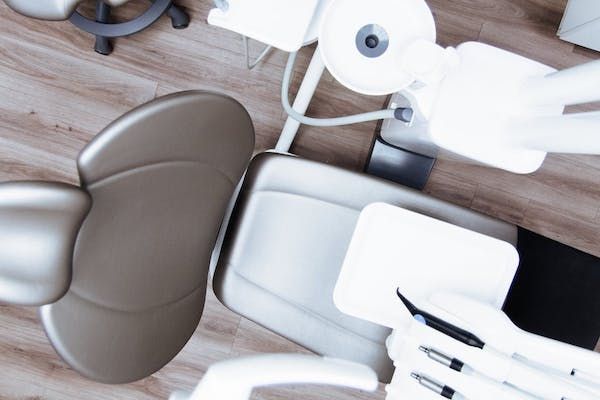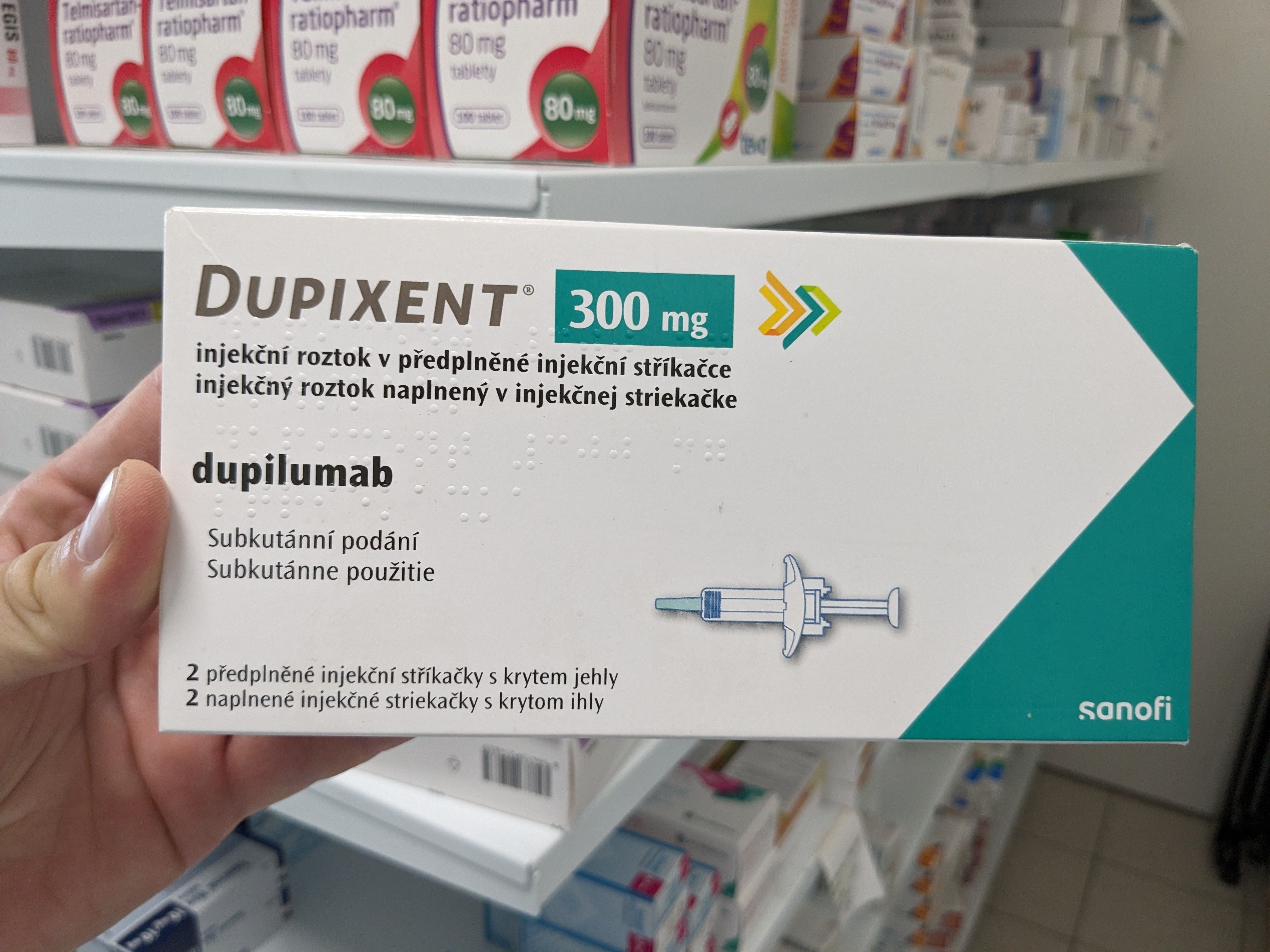Article
Best and Worst State Healthcare Systems in 2017
Author(s):
The number of Americans with access to healthcare is greater than ever before; however, the quality of care differs depending on the state. As the number of Americans with insurance grows, the quality of a healthcare system is further being evaluated with emphasis on the costs, accessibility, and outcomes.
The number of Americans with access to healthcare is greater than ever before; however, the quality of care differs depending on the state. As the number of Americans with insurance grows, the quality of a healthcare system is further being evaluated with emphasis on the costs, accessibility, and outcomes.
WalletHub recently ranked the healthcare systems of the 50 states and the District of Columbia in order to analyze the contributing factors to developing the best healthcare system. WalletHub’s analysts compared the states and the District of Columbia through an evaluation of healthcare costs, access, and outcomes. Each factor was weighted equally on a 100-point scale in order to calculate the overall total score that was then ranked.
Here are the 5 best and worst state healthcare systems in the United States.
Best States for Healthcare

5. District of Columbia
Score: 65.47
The District of Columbia earned its place in the top 5 for having the lowest costs in the country and for having some of the highest percentages of insured people between the ages of 0 and 17 years old (ranked second) and between the ages of 18 and 64 years (ranked second).
While the District of Columbia consistently placed in the top 5 for most dentists (ranked fifth) and physicians (ranked first) per capita, most hospital beds per capita (ranked second), and ranked fourth for the lowest average monthly premiums, the capital was left in bottom with the lowest percent of medical residents retained (ranked 51st), the lowest physician Medicare-acceptance rates (ranked 50th), and for the highest infant mortality rate (ranked 49th).
4. New Hampshire
Score: 65.54
New Hampshire comes in fourth overall with high ranks in access (ranked fourth) that’s further demonstrated in its number 2 rank for physician Medicare-acceptance rates. Despite the state’s slightly better-than-average healthcare costs (ranked 16th), New Hampshire maintains the impressive number 1 spot for the lowest infant mortality rate, contributing to its high rank for patient outcomes (ranked 7th).
However, like the District of Columbia, New Hampshire has few retained Medical residents with an overall rank of 50.

2. Minnesota (tied)
Score: 66.62
Minnesota fell from its number 1 rank for healthcare from 2016 and into a tie for 2nd; however, it remains among the top ranks for cost (5), access (11), and outcomes (8).
In addition, Minnesota has some of the highest physician Medicare-acceptance rates in the country (ranked 3rd) and is behind only Hawaii for the lowest heart disease rate.
2. Iowa (tied)
Score: 66.62
Despite Iowa’s tie with Minnesota, Iowa fell behind its fellow 2nd place state in access (ranked 19th) and outcomes (ranked 13th).
Iowa citizens are benefiting from some of the best costs in the nation, ranked second, along with the most hospital beds per capita among all states, and one of the lowest infant mortality rates (ranked second).

1. Hawaii
Score: 67.36
Hawaii took over the first place rank for the best healthcare in nation as demonstrated in its first place rank for outcomes and for the lowest heart disease. As for access, Hawaii is 42nd in the country, but it holds an impressive 3rd place rank for cost.
Although Hawaii ranks 51st with the lowest physician Medicare-acceptance rates, the Aloha State landed at fourth in the country for the highest percentage of insured children and adults.
Go to the next page to to see the states that came in at the bottom.
Worst States for Healthcare
47. North Carolina
Score: 44.45
North Carolina’s low scores for cost (50), access (44), and outcomes (36) earned it the 47th spot in the country for healthcare. This low score is further represented among highest average monthly insurance premiums, where North Carolina is ranked 47th.

48. Arkansas
Score: 42.82
Arkansas may have a 4th place rank for the most hospital beds per capita, but it is among the bottom for the highest rate of adults with no dental visits within the year (ranked 48).
Furthermore, Arkansas maintains some of the highest costs (ranked 42), with poor access (34), and outcomes (49).
49. Alaska
Score: 40.64
Citizens of Alaska face the highest healthcare costs in the country, with a last place rank in overall costs and for the highest monthly insurance premiums. Alaska also maintained poor ranks for access (38) and outcomes (33).
Alaska remains in the bottom for the lowest percentage of insured children (ranked 50th), and has the fewest hospital beds per capita in the nation. However, Alaska ranked highly for the percentage of medical residents retained, landing in second place.

50. Mississippi
Score: 40.54
Mississippi fell slightly behind Alaska due to its low ranks for cost (43), access (31), and outcomes (51). However, even with a low overall rank, Mississippi had the one of the lowest rates of at-risk adults with no routine doctor visit in 2 years, with an impressive fourth place ranking.
Still, Mississippi had poor scores for the fewest physicians per capita (ranked 48th), the highest infant mortality rate (51), the highest heart disease rate (49), and highest percentage of adults with no dental visits in the past year (49).

51. Louisiana
Score: 38.95
Louisiana earned the bottom rank, with a significantly lower score for healthcare among all states in the US. Louisiana came in 49th place for costs, 35th for access, and 50th for some of the poorest outcomes.
Louisiana also ranked in the bottom with one of the highest rates for heart disease (47) and cancer (49), and ranked 50th for the fewest dentists per capita.

Dupilumab Treatment for Patients With CSU: Insights From Jason Hawkes, MD, MS



